Blind man's bluff
Oil on canvas, cm L 72 x W 58 (without frame); with frame cm H 98 x W 84 x D 8
The painting, made in oil on canvas, depicts some nobles in eighteenth-century clothes playing Blind man's bluff in the garden of an aristocratic palace. The work is signed in the lower right "EGabe", as usual left his name the French painter Nicolas Edward Gabe (Paris, 1814-1865). It is a 19th century painting clearly inspired by the French Rococo models of the eighteenth century, both for the stylistic choice and, as we will see, for the subject.
Nicolas Edward Gabe lived and was active in Paris and France and specialized in painting portraits, figures, historical scenes and landscapes. He used different techniques, from the more traditional oil on canvas, to oil on board and on copper or watercolor on paper, as several works that survive today prove.
There are almost no studies of his life and professional fortune. However, the discovery of several of his works, signed and often dated, allow today to outline his artistic figure.
Several of his works fully express the taste and sensitivity that developed in the first half of the nineteenth century in France. Gabe was in fact an exponent of that historical Romanticism that saw depict the different political, social and industrial struggles that marked the century, or historical episodes of military chronicle, but also portraits and descends of gender. Influenced by the continuous unrest under Napoleon III and the restoration of the monarchy, Gabe developed, like many other contemporary artists, an emphasis on emotion and the glorification of the more romantic past, towards the recovery of eighteenth-century Rococo models. This style tended to reproduce the typical feeling of aristocratic, idle, worry-free life or that of the light novel. In the painting he liked very much the gallant scene, aristocratic variant of the genre scene, representing women engaged in the toilet, in boudoirs or in hedonistic rites that become the symbol of a more savvy and worldly vision of art.
Painters used delicate colors and curved shapes to express the value of grace and lightness.
Among the major exponents, for painting, we should mention Jean-Antoine Watteau, François Boucher, Jean-Marc Nattier and Jean-Baptiste Pater.
Gabe was inspired several times by their works, proposing in his paintings subjects and style typically Rococo.
The subject of the dance in the park and especially of the game of the Blind man's bluff was often depicted in eighteenth-century painting, as it well represented the Blind man's bluff is a game of ancient origin and dates back to the time of Ancient Rome, although the sources are always very contrasting. It is a variation of another famous outdoor game which spread to Victorian England. It was widely practiced by the nobility in 18th-century France. The game was only a viaticum of the love relationship, a pretext to promote the romantic relationships among the young people of the time. The Blind man's bluff of the nobles of the eighteenth century could also be played with only two players, in which one was blindfolded and the other the competitor to be captured.
The purpose was therefore only to create an approach between a probable couple of lovers. On the other hand, the eighteenth-century playful world was clever, full of tricks and deceptions. The nobles spent their time in trivial games such as Blind man's bluff, chess or hunting in parks. In this way, the nobility of the Ancien Regime, living at court, was deliberately distracted and removed from political life, whose choices were the prerogative of the absolute monarchy.
The comparison of Gabe’s canvas object of this study with some works by Jean-Baptiste Pater (Valenciennes, 29 December 1695 - Paris, 25 July 1736) highlights the sources of inspiration to which the nineteenth-century author looked.
We apologize for any translation errors. Please click here to download the expertise in Italian.









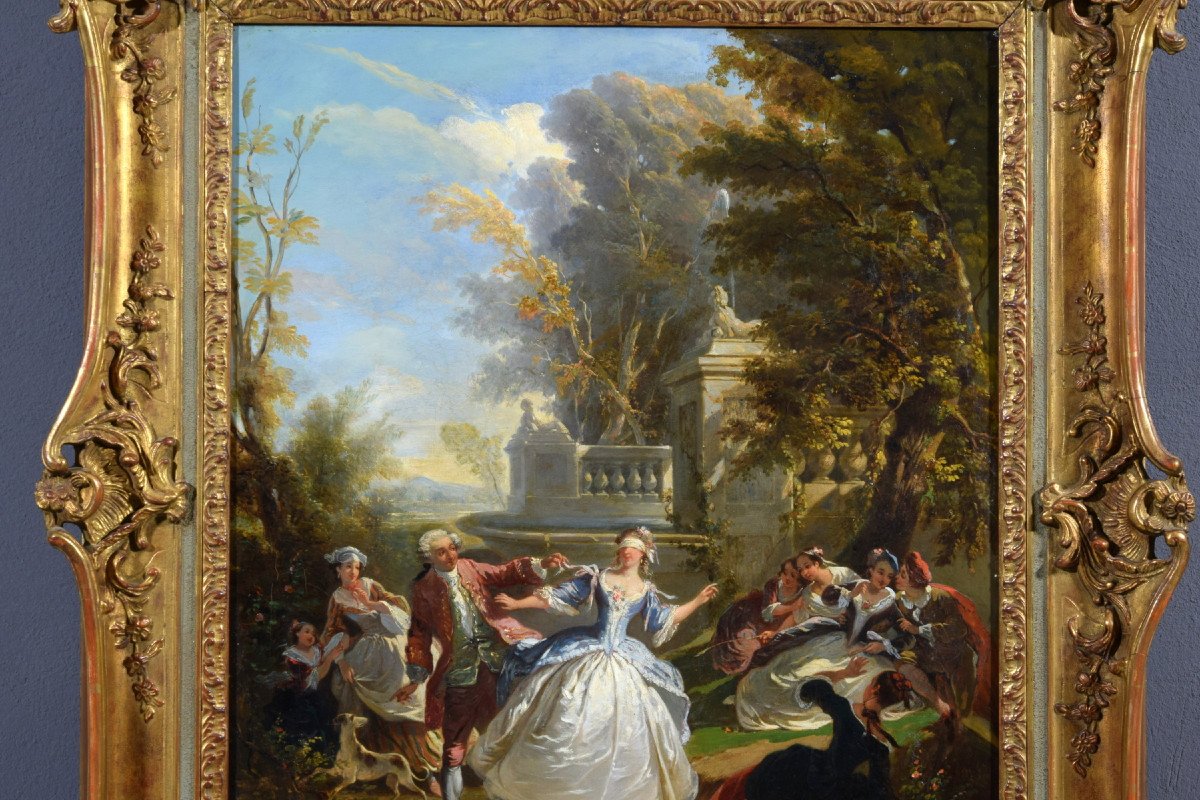



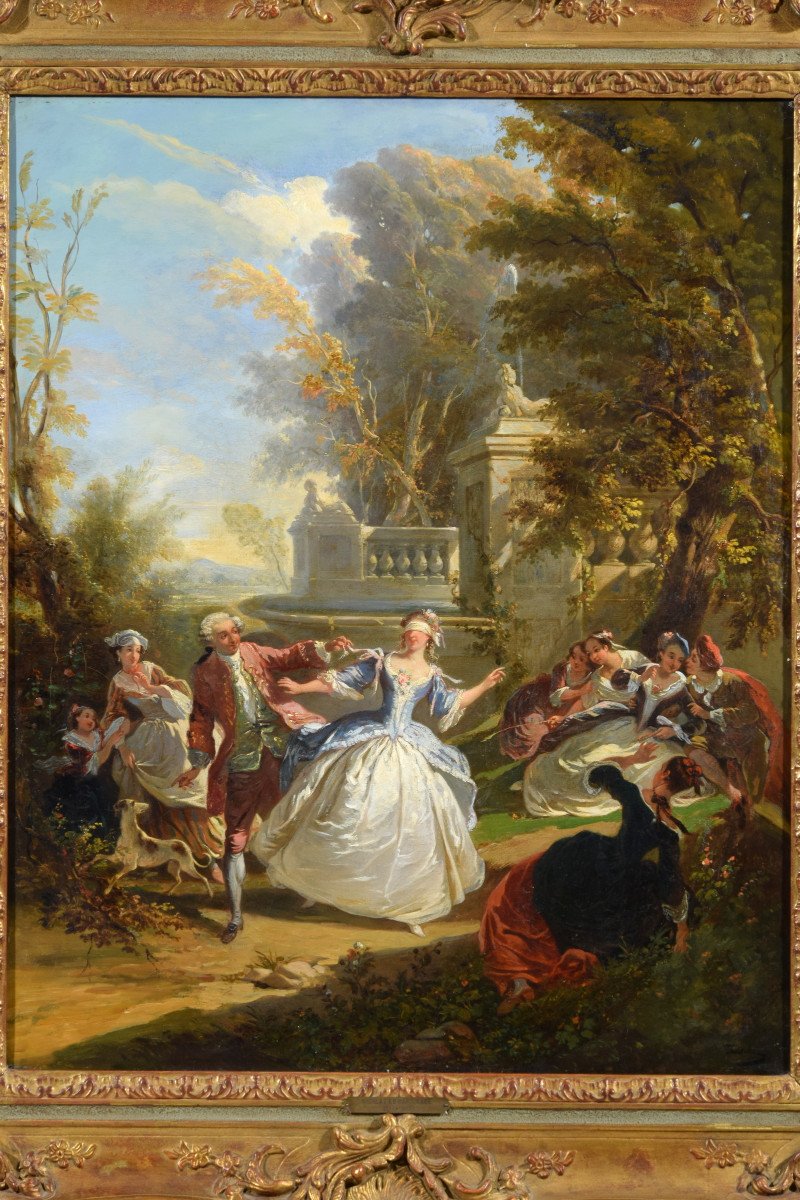
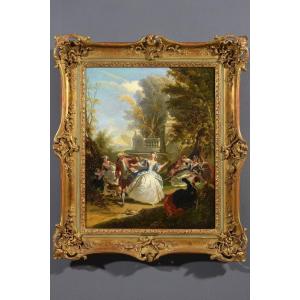












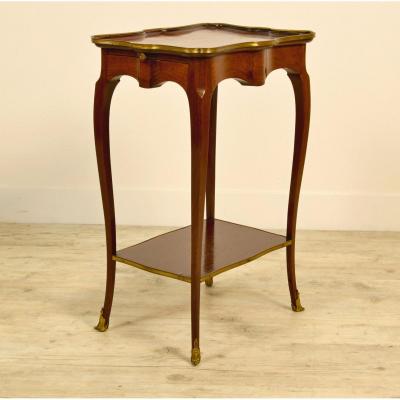



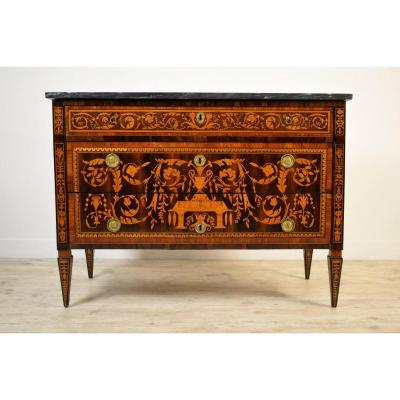
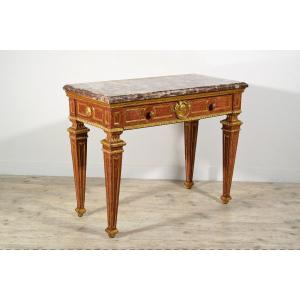
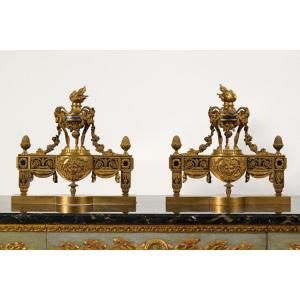

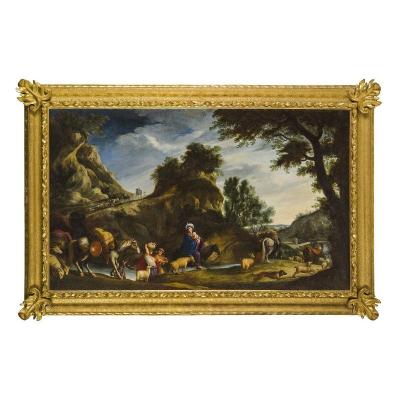
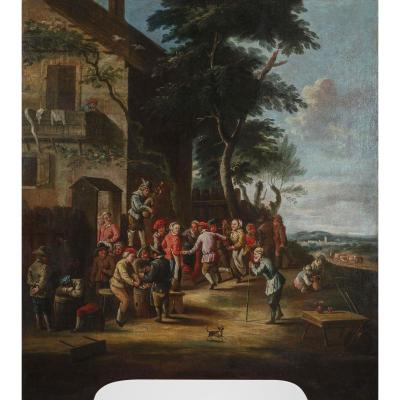
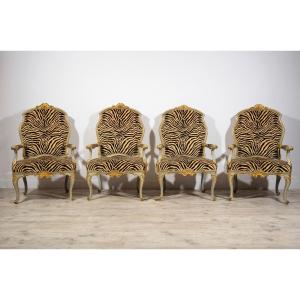
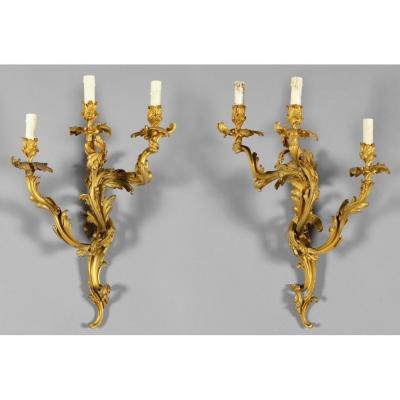


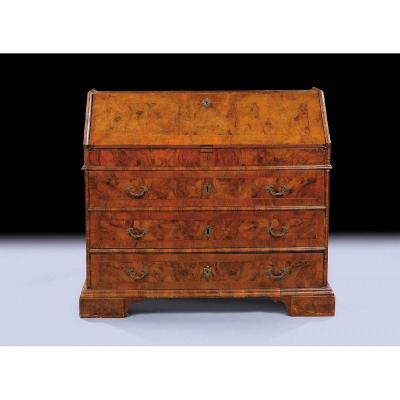



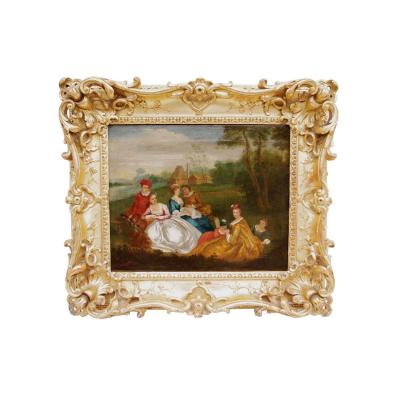
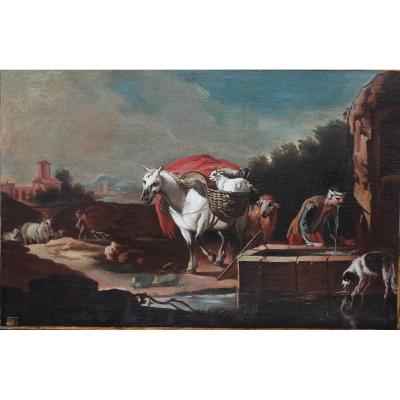



 Le Magazine de PROANTIC
Le Magazine de PROANTIC TRÉSORS Magazine
TRÉSORS Magazine Rivista Artiquariato
Rivista Artiquariato